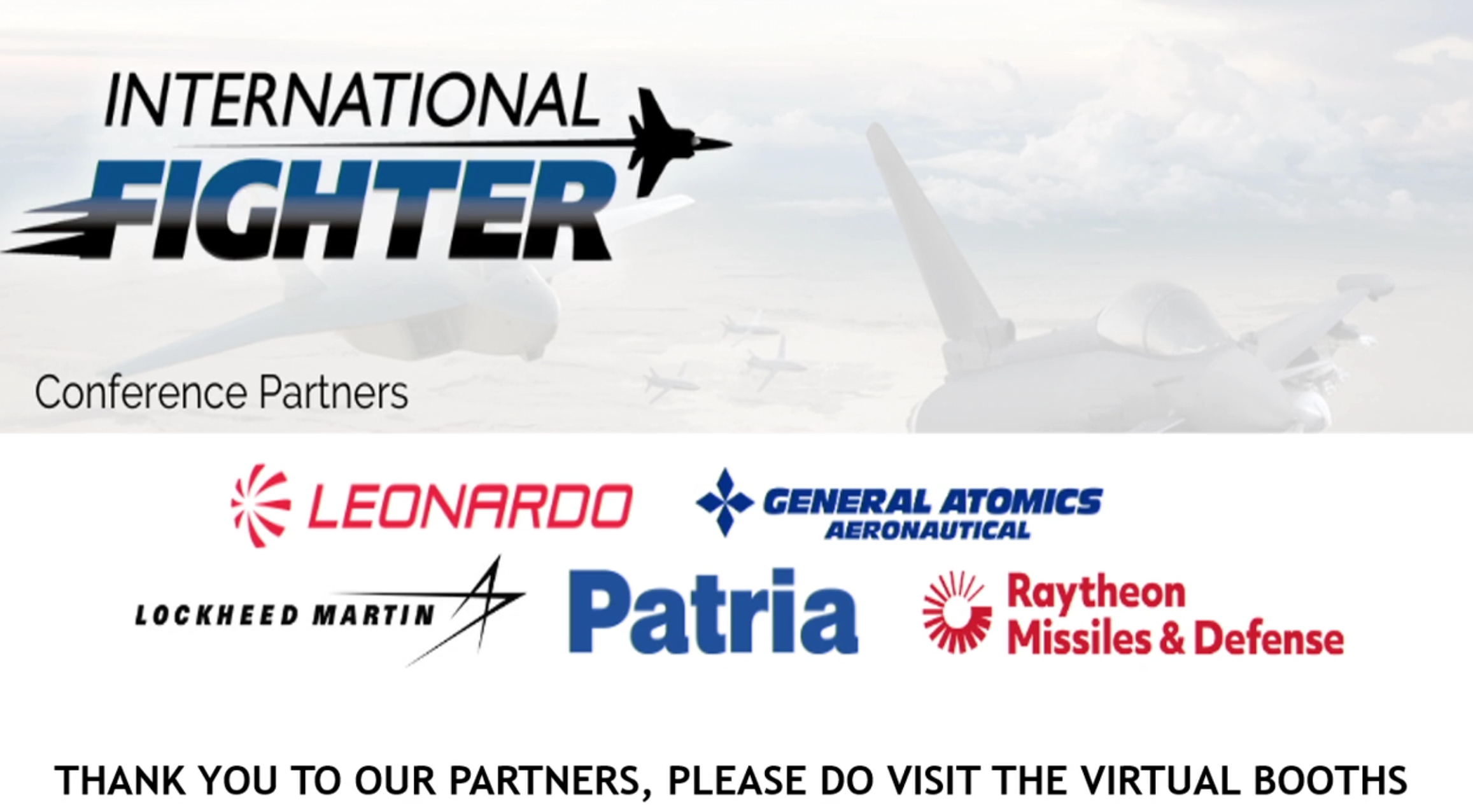Two recent DefenceiQ conferences provided unique insights into the way ahead for air and sea power. The first conference with the International Fighter Conference 2020 and was held (virtually) on November 18 and 19, 2020. The second was held on December 1, 2020 and focused on the evolution of amphibious forces.
Read together, they provide an update on the way ahead for force structure evolution to deal with the challenges posed by peer competitors, notably Russia and China.
The work done by Defence iQ is first rate and encourage any of our readers to sign up for future conferences relevant to their interests.
The International Fighter Conference 2020 addressed a number of new or evolving approaches to shaping combat air platforms, from the Australian loyal wingman program, to the USAF Skyborg program, to the Franco-German-Spanish FCAS program, to the Italian-Swedish-UK Tempest program, to the USAF’s next generation air dominance platform, and to the evolution of U.S. and allied naval aviation.
In addition to, or in parallel to or crossing to the platform discussions was the focus on the changing eco system for integrating platforms and capabilities across an extended battlespace in which peer competitors would contest U.S. and allied operations.
These discussions embraced topics like, human-machine teaming and enabling technologies, combat cloud teaming, the USAF and its JADC2 programmatic efforts, the role of space-based assets in empowering the force, and how to connect the force to prevail in the multi-domain fight and meeting the challenge of countering A2AD in today’s fight.
The Future Amphibious Forces Conference provided as the moderator of the day, a noted former British General, highlighted at the end of the day, “We have had a very good conversation throughout the day about the future of amphibious forces.”
But as he also noted, the key challenge really was to sort through where one wanted to take those forces in terms of “what kinds of wars or conflicts were being prepared for or prioritized.”
His question underscored the core challenge facing any discussion of the way ahead for Maritime special forces or amphibious forces: What is their role in the high-end fight?
What is their role in crisis management?
And how related are the answers to these two questions?
Put another way, focusing on amphibious forces and their future quickly takes one into the realm of warfighting capabilities now, the next five years and the decade ahead.
In turn, the question is posed as well with regard to what capabilities are desired and for which concepts of operations to shape what kind of warfighting outcome?
For an e-book version of the report, see below:


